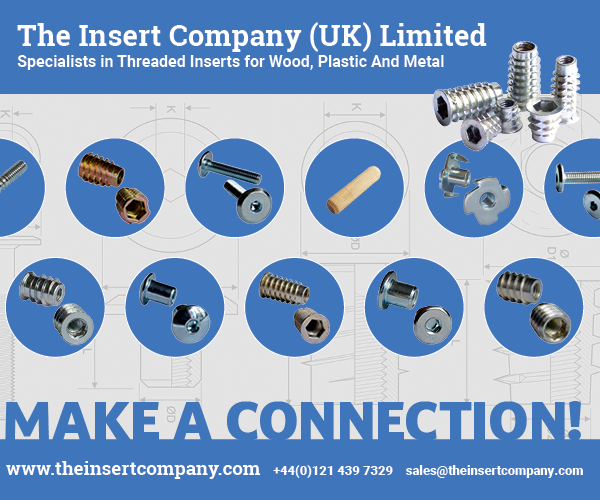The capability to use water for cutting was achieved by adding an abrasive material to the water jet in the cutting nozzle after the jet stream was formed. Early abrasive water jet nozzle life was too short to be commercially viable, but material innovations in mixing tubes eventually resulted in a commercially acceptable nozzle. With the combination of a durable abrasive water jet nozzle and a reliable high pressure pump, an abrasive water jet machine could now cut a wide range of materials, including hardened tool steel, titanium, stone and glass.
One of the biggest advantages is that water jet technology will cut virtually any material, its limitations confined only to diamond, tempered glass and some ceramics. Another big advantage is its inherent cold cutting quality.
This allows materials to be cut that would be burned, melted, or cracked by other cutting methods. Some thermal processes cause surface hardening, warping and emission of hazardous gasses. In contrast, materials cut with water jet undergo no thermal stress, eliminating such undesirable results.
To summarise: water jet cutting cuts virtually any material; uses cold cutting so there are no heat-affected zones and no hardening or softening; it is omni-directional in cutting; it perforates most materials without the need for starting holes; it minimises the need for secondary machining; minimal workpiece fixing/clamping required: and it is environmentally friendly.
Another major advantage is water jet's ability to cut fibre-reinforced materials, reflective materials, uneven surfaces and stacked layers of different materials. Since the mechanical processes take place on a microscopic level, the contents and surface finish of the material are not critical factors.
Despite the high kinetic energy in water jet cutting, part deformation is avoided and high cutting accuracy is achieved without leaving any frayed edges or burrs. This produces excellent edge quality, which in many cases eliminates the need for secondary finishing processes.
Water jet cutting is especially advantageous in cutting complex shapes. Materials can be cut into almost any shape. Sharp corners, bevels, pierce holes and shapes with minimal inner radii are all possible. Stacking, nesting and tabbing optimises material and can significantly reduce cutting times.
Water jet cutting is particularly friendly in regard to the environment. Normally, the process is clean and does not create grindings, chips, or hazardous gases, thus avoiding additional investment in extraction equipment. The use of cutting oils or coolants is also eliminated. In today's world of high-priced raw materials and limited resources, water jet’s small kerf, or cut width, optimises material use, increasing cost-effectiveness.
Using pure water, it is possible to cut textiles, elastomers, non-woven materials, thin plastics, food produce and many other products. These materials can be cut at speeds of several hundred feet per minute.
With the addition of an abrasive compound, harder materials such as metals, stone, bullet-proof glass, ceramics, etc. can easily be cut. Thicker materials, such as steel up to 150mm can also be cut more efficiently using an abrasive water jet system.
There are many benefits to using precision water jet cutting technology when compared to traditional machining techniques. This new technology can often eliminate further machining processes and produce cost savings.
Water jet cutting is a multi-functional investment as the machine will cut virtually any material with no heat generated and therefore no heat-affected zones – this means the material structure remains largely unaffected. Complex shapes can be produced and secondary operations are minimised due to surface finish of the original operation.
Because abrasive water jet machines cut practically any material, companies with water jet capabilities can broaden their markets in terms of the materials and shapes they are able to process.
Imagine being able to cut glass and help customers avoid the headaches associated with machining these types of brittle materials. The water jet, without the use of abrasive, can be used to cut rubber gaskets and forms much more quickly and cleanly than conventional cutting equipment. The water jet, using low-pressure piercing, also can cut stone for architectural or decorative purposes.
lntermac UK, part of the Biesse Group, can help with any questions relating to the suitability of material. On 21st, 22nd and 23rd January 2014, bring sample material to its technical centre in Daventry where dynamic trials can take place.
Interested parties are invited to arrange a visit.
T 01327 300366
[email protected]









